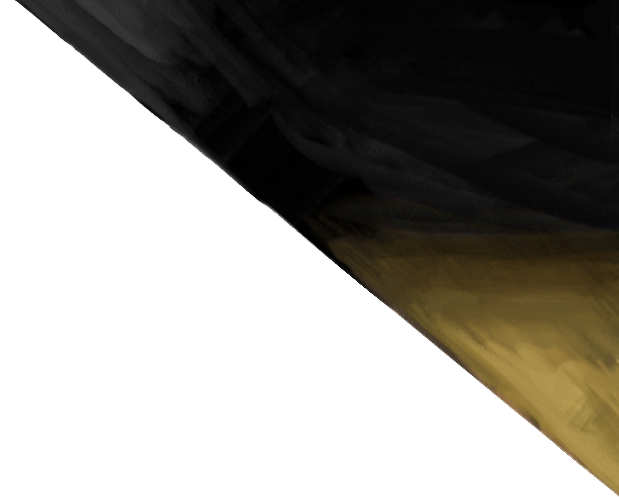The Truth about Staying In Tune
You know, a fine piano is a work of art. To pay a lot of money for a fine piano and then allow it to go to ruin for lack of expert care is not merely aesthetically wrong it is bad business. If a piano is neglected, if it is allowed to go from one season to another without tuning, it will probably, at the end of that time, be considerably lower in pitch than it was originally. It will have gone through a rise and fall in pitch.
No matter what any salesman may say, no matter how well the piano may be made, no matter, in fact, what the physical circumstances or the price or the domestic conditions may be, there is no such thing as a piano staying month after month in tune. The better the piano, the more frequent and careful tuning it should have.
In order to understand why a piano goes out of tune, it is first necessary to remember that the whole instrument is always under a varying stress. The strings are stretched at an average tension of from one hundred and fifty to two hundred pounds apiece; so that the iron plate, together with the heavy wooden framing, carries a strain totaling an average of 32,000 pounds.
The soundboard is merely a thin sheet of spruce a three eighths of an inch in thickness. If it is properly constructed, the whole board becomes something like a highly elastic spring. The more elastic it is, the freer and more agreeable will the tone be emanating from the piano.
From the layman's standpoint, two tunings a year should be sufficient. The tuner knows, however, that if he had time to tune his own piano as often as his ears tell him, he would tune it once a month at least. From a strictly scientific point of view, it is probably true to say that no piano ever made has stood in tune, without a drop or a rise, for more than twenty four hours, unless it were maintained at constant temperature and at constant barometric and hygroscopic conditions.

